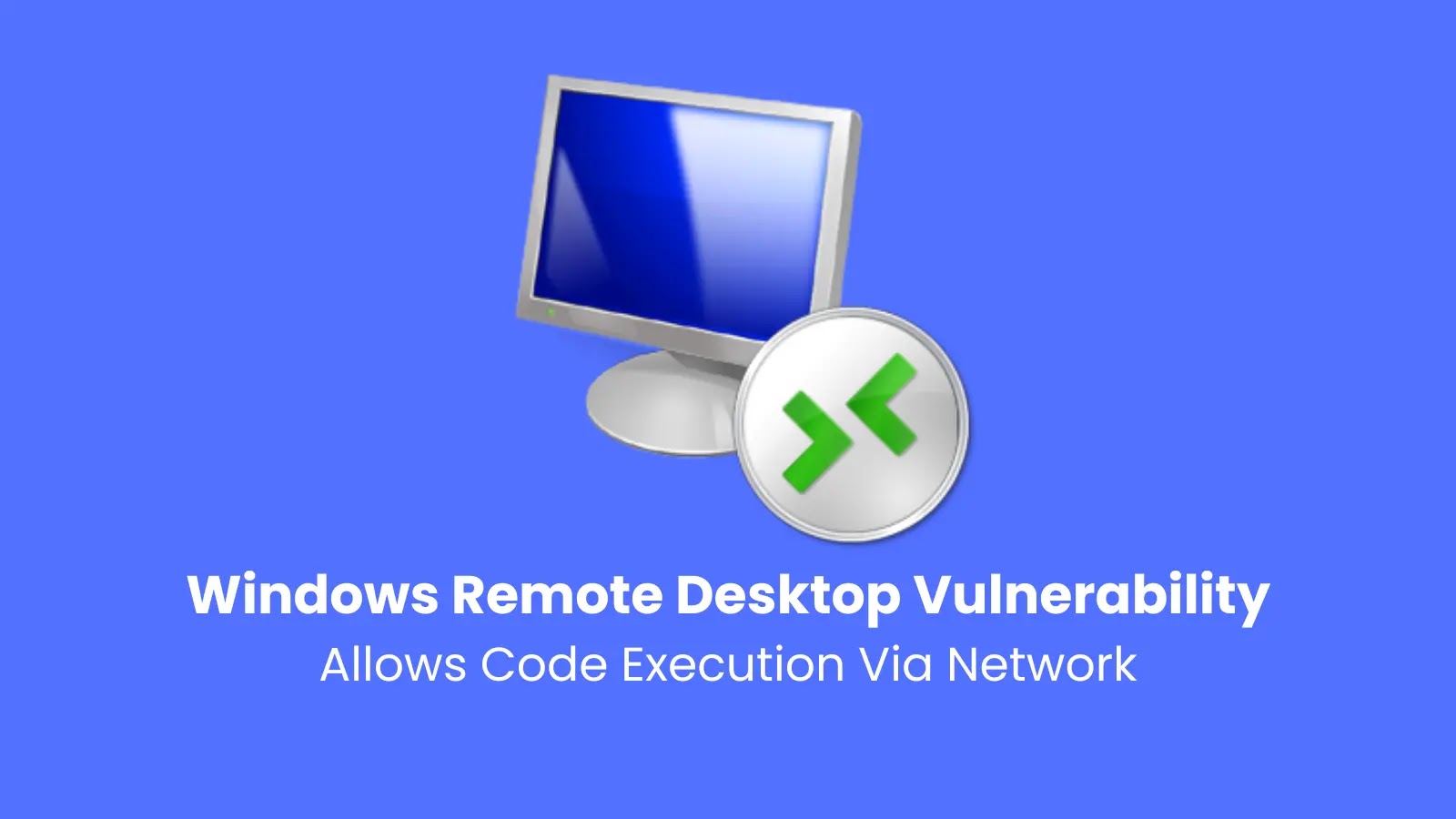Revolutionizing SOC Operations: The Impact of Continuous Exposure Management
Security Operations Centers (SOCs) are currently facing an overwhelming influx of alerts, with analysts dedicating extensive time to sifting through false positives and adjusting detection rules in a reactive manner. This challenge is compounded by a lack of comprehensive environmental context and pertinent threat intelligence, making it difficult to swiftly identify genuinely malicious activities. Consequently, a significant portion of analysts’ efforts is consumed by manual alert triage, often resulting in the classification of most alerts as benign.
The root of these issues lies not merely in the accuracy of existing tools but in their limited contextual awareness and narrow focus. Traditional security tools, despite their precision, often fail to provide a holistic view of the security landscape. This limitation is exploited by sophisticated attackers who leverage exposures that remain invisible to conventional reactive tools. These adversaries frequently employ widely available bypass kits, enabling them to evade detection and exploit vulnerabilities undetected.
Attackers rarely rely on a single technique or exploit; instead, they orchestrate complex chains of exposures, combining known vulnerabilities (CVEs) with evasion tactics to move laterally within an environment and achieve their objectives. Traditional security tools may detect individual exposures or indicators of compromise (IoCs), but without the comprehensive context provided by an integrated continuous exposure management program, correlating these seemingly disparate signals becomes a formidable challenge for security teams.
Enhancing SOC Operations Through Continuous Exposure Management
Integrating exposure management platforms into existing SOC workflows can significantly transform operations by embedding exposure intelligence directly into analysts’ processes. While visibility into the attack surface and understanding interconnected exposures are valuable, the true potential lies in the synergy between SOC workflows and Continuous Threat Exposure Management (CTEM) lifecycles.
Comparing SOC and CTEM Lifecycles:
1. Monitor vs. Shared Attack Surface Visibility:
– Monitor: SOCs maintain continuous visibility over the attack surface, prioritizing critical assets vital to the business and likely targets for attackers.
– Shared Attack Surface Visibility: By integrating with Configuration Management Databases (CMDB) and SOC tools, a unified view of the attack surface and critical assets is established, aligning security and IT teams on priorities.
2. Detect vs. Contextualize Threat Alerts:
– Detect: SOCs identify suspicious and malicious activities across the attack surface, aiming for early detection before critical systems are compromised.
– Contextualize Threat Alerts: When detections occur, analysts gain immediate insight into the asset’s risk posture and its relation to known attack paths, transforming generic alerts into targeted investigations.
3. Triage vs. Improve Disposition Accuracy:
– Triage: SOCs validate security alerts and correlate event logs to distinguish between true security incidents and benign anomalies.
– Improve Disposition Accuracy: With enhanced asset and business context, analysts can make more informed decisions, effectively filtering through the noise to identify genuine threats.
4. Respond vs. Prioritize Remediation Efforts:
– Respond: SOCs take action to contain and remediate confirmed security incidents, aiming to minimize impact and prevent recurrence.
– Prioritize Remediation Efforts: By understanding the interconnectedness of exposures, security teams can prioritize remediation efforts based on potential impact, addressing the most critical vulnerabilities first.
5. Recover vs. Validate Remediation Effectiveness:
– Recover: SOCs restore normal operations post-incident, ensuring systems are secure and operational.
– Validate Remediation Effectiveness: Continuous exposure management allows for the validation of remediation actions, ensuring that vulnerabilities are effectively addressed and do not re-emerge.
The Path Forward: Integrating Continuous Exposure Management
To address the challenges faced by modern SOCs, integrating continuous exposure management into security operations is imperative. This approach provides a comprehensive understanding of the attack surface, enabling security teams to proactively identify and remediate exposures before they can be exploited.
Key Steps for Integration:
1. Establish Comprehensive Visibility:
– Develop a unified view of all assets, configurations, and interdependencies within the organization.
2. Implement Continuous Monitoring:
– Utilize tools that provide real-time insights into the security posture, identifying exposures as they arise.
3. Enhance Contextual Understanding:
– Integrate threat intelligence and business context to assess the potential impact of identified exposures accurately.
4. Prioritize Remediation Efforts:
– Focus on addressing exposures that pose the highest risk to critical assets and business operations.
5. Validate and Iterate:
– Regularly assess the effectiveness of remediation actions and adjust strategies to address emerging threats and vulnerabilities.
By adopting continuous exposure management, SOCs can transition from a reactive posture to a proactive stance, effectively reducing alert fatigue, enhancing detection capabilities, and improving overall security resilience.



